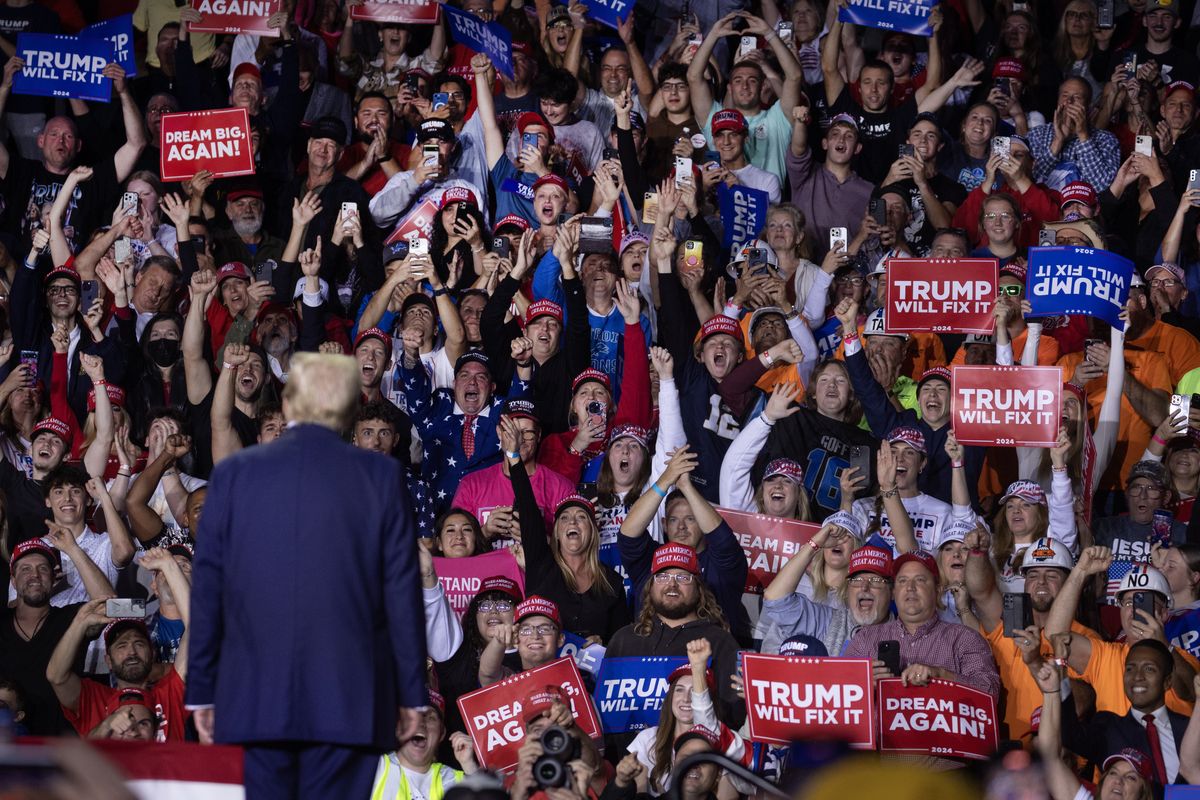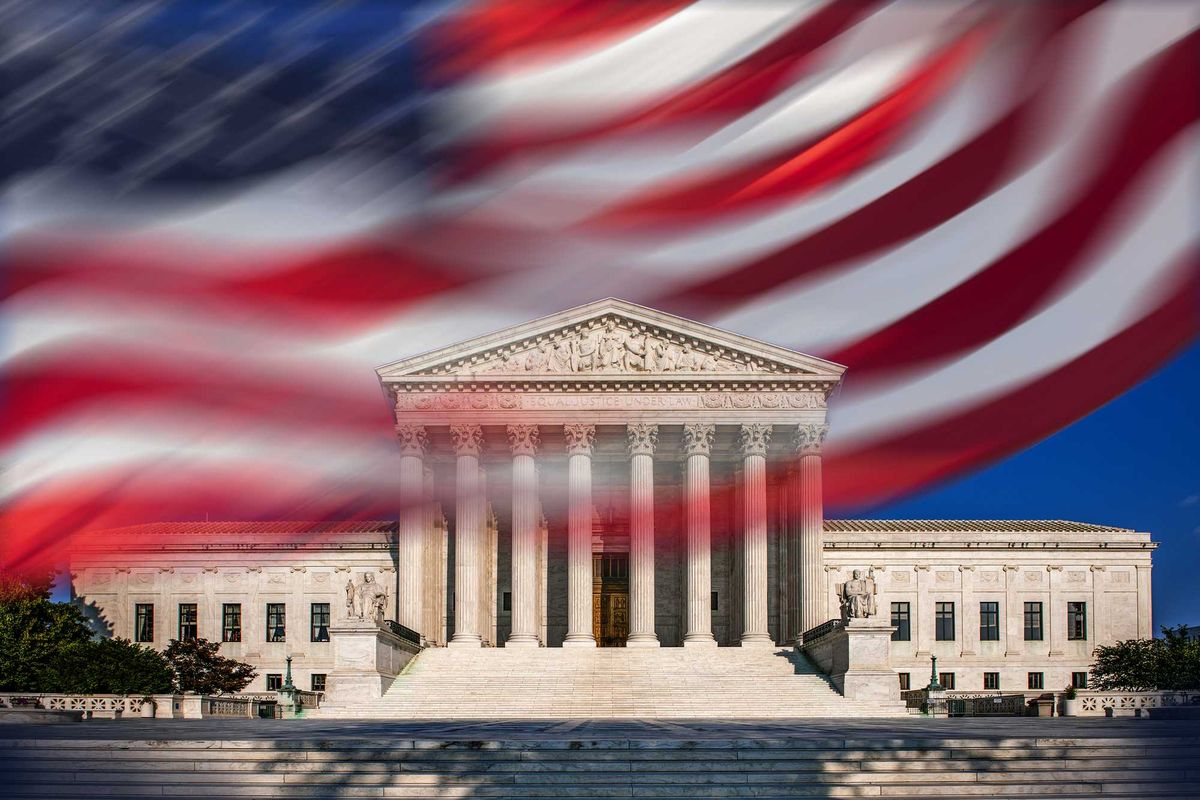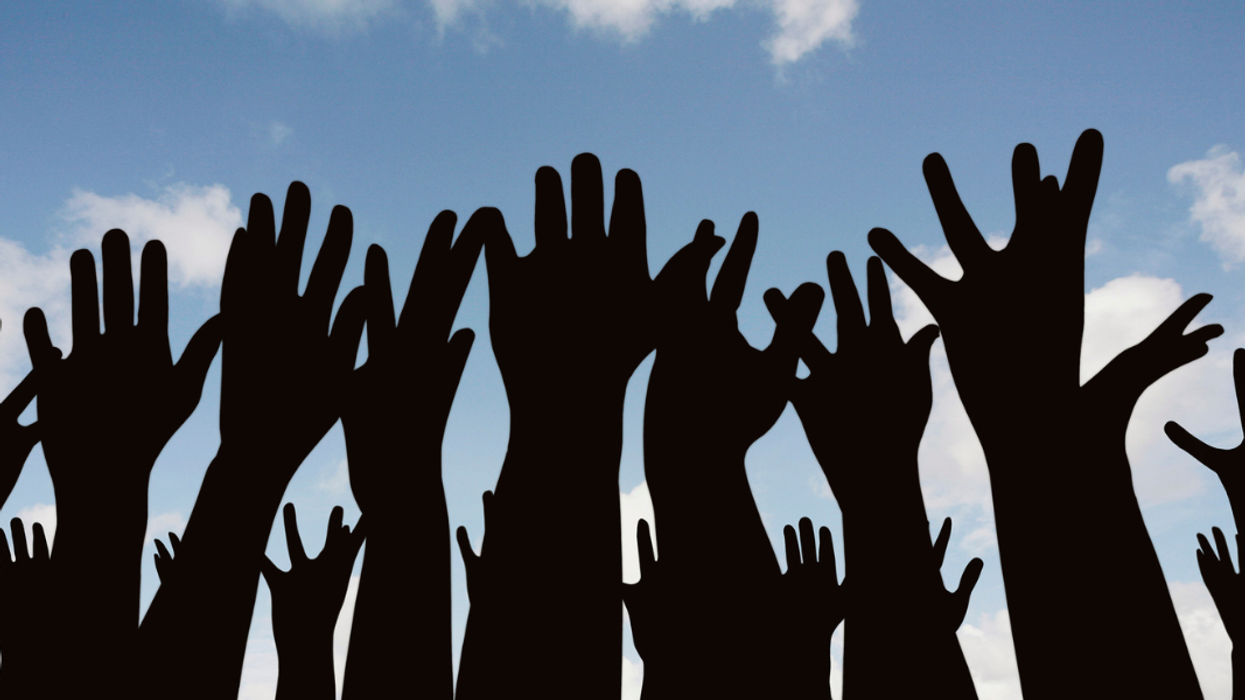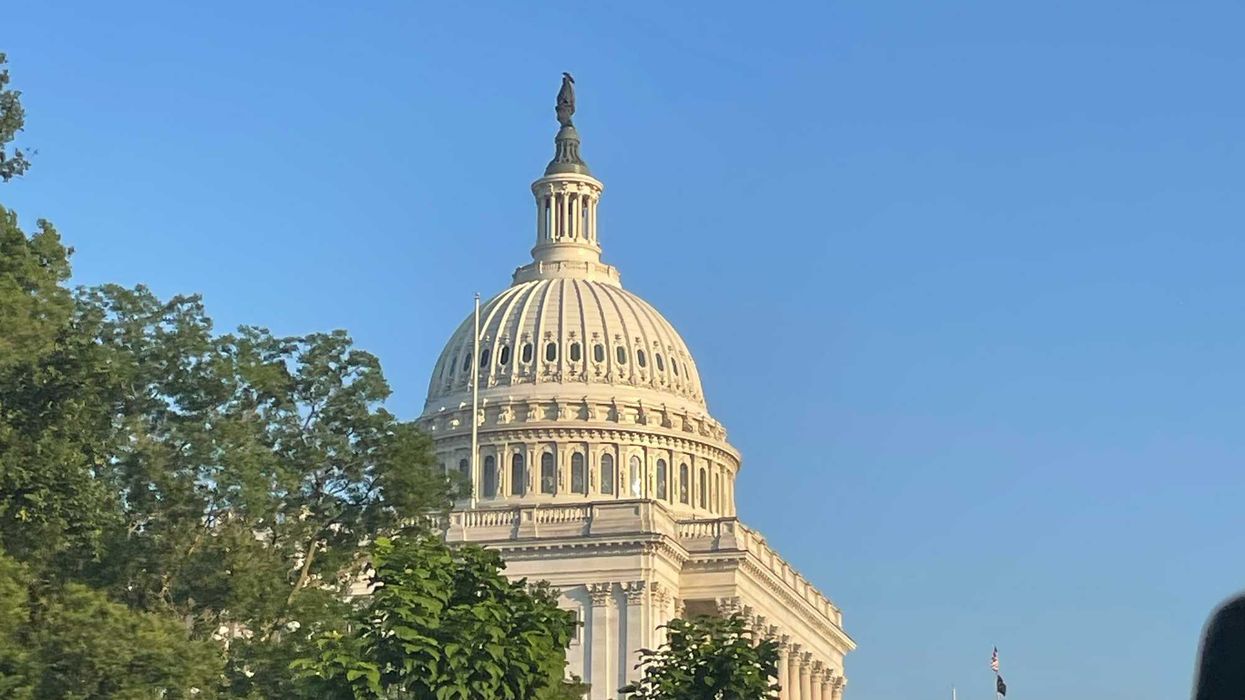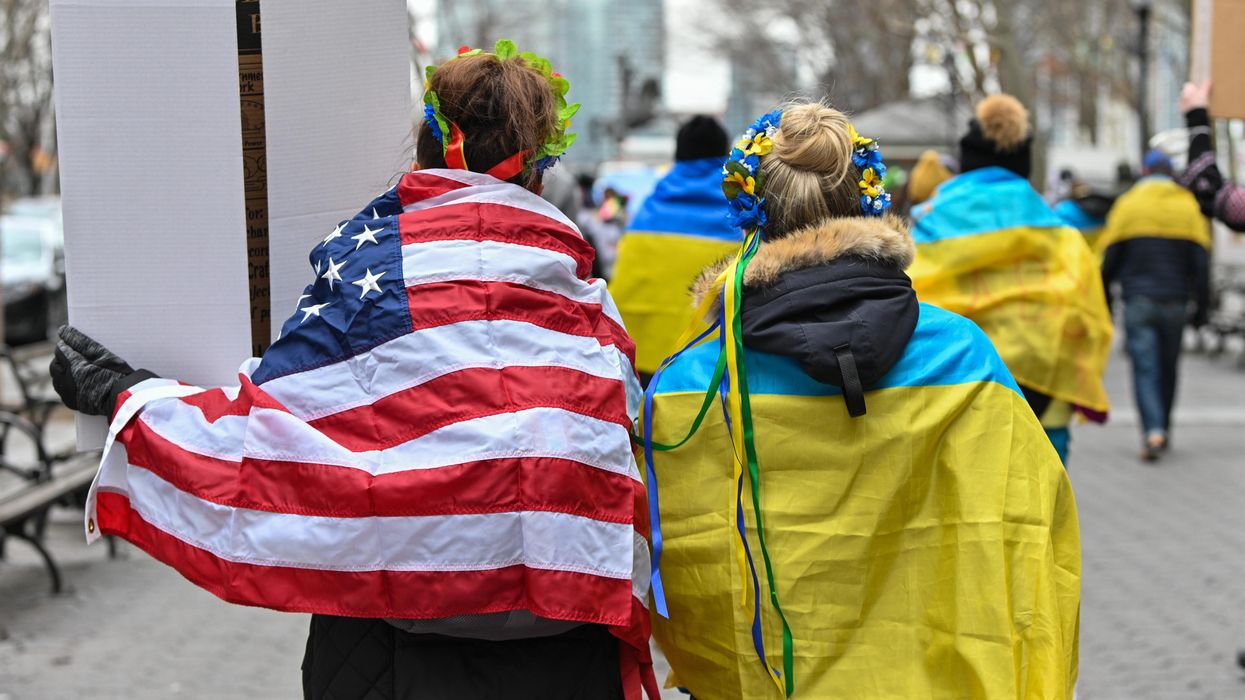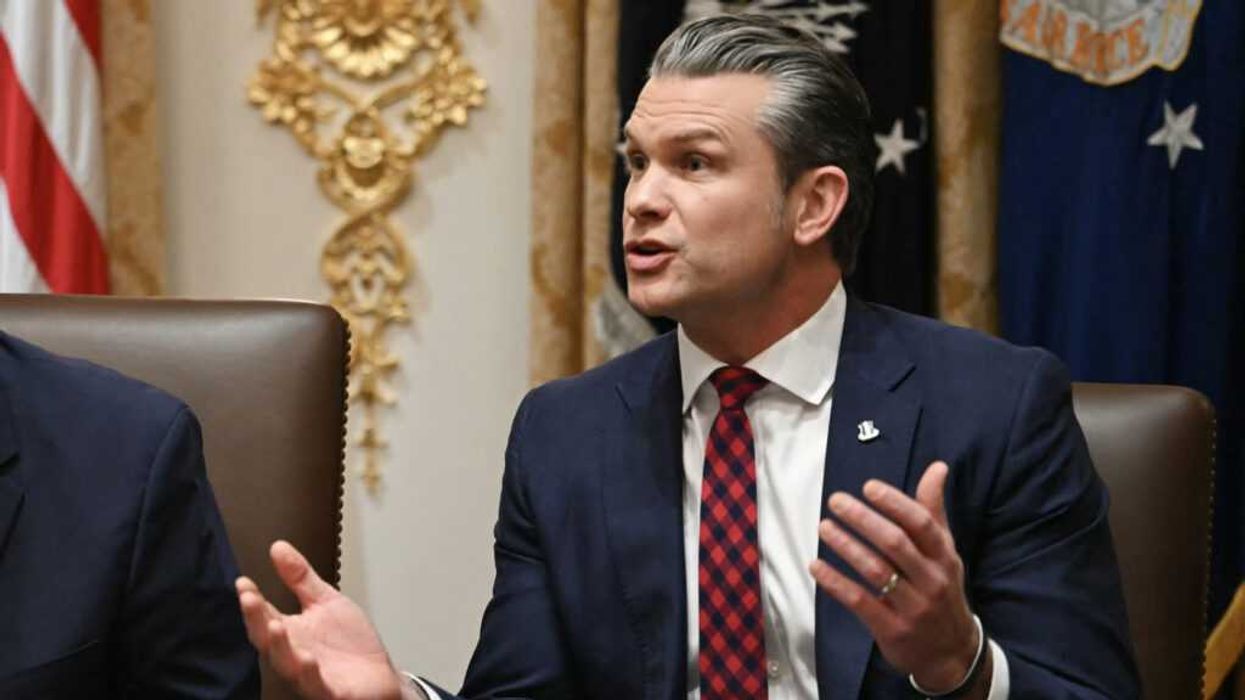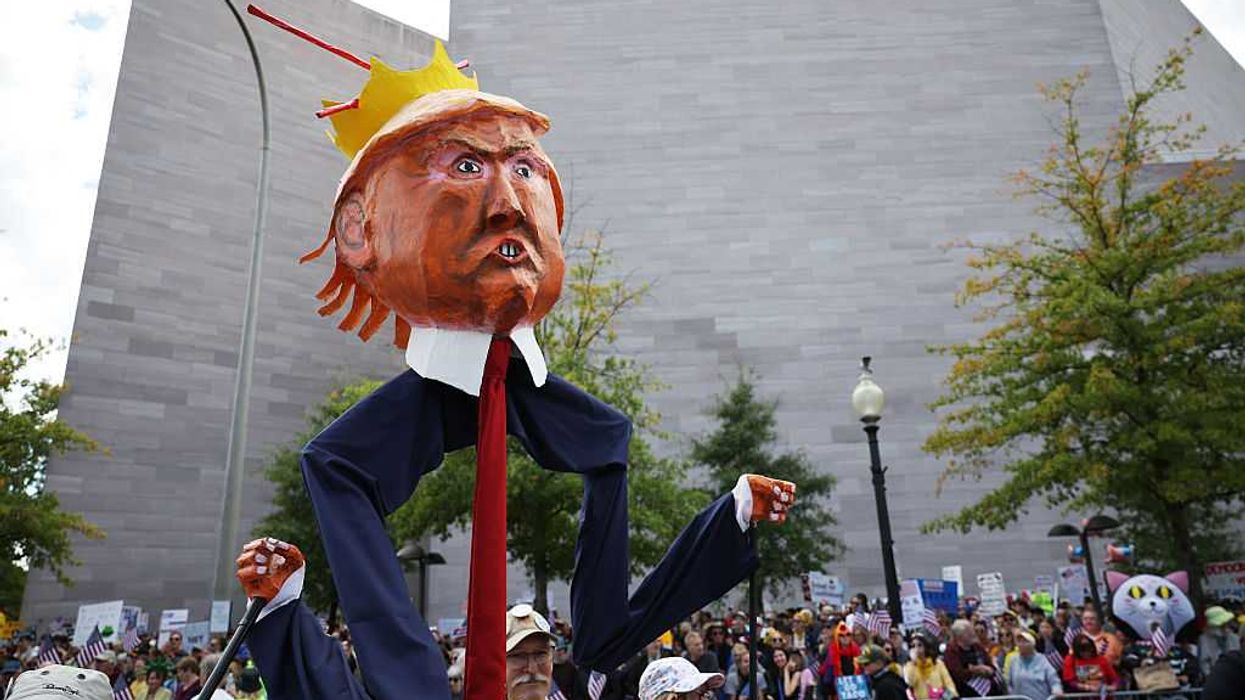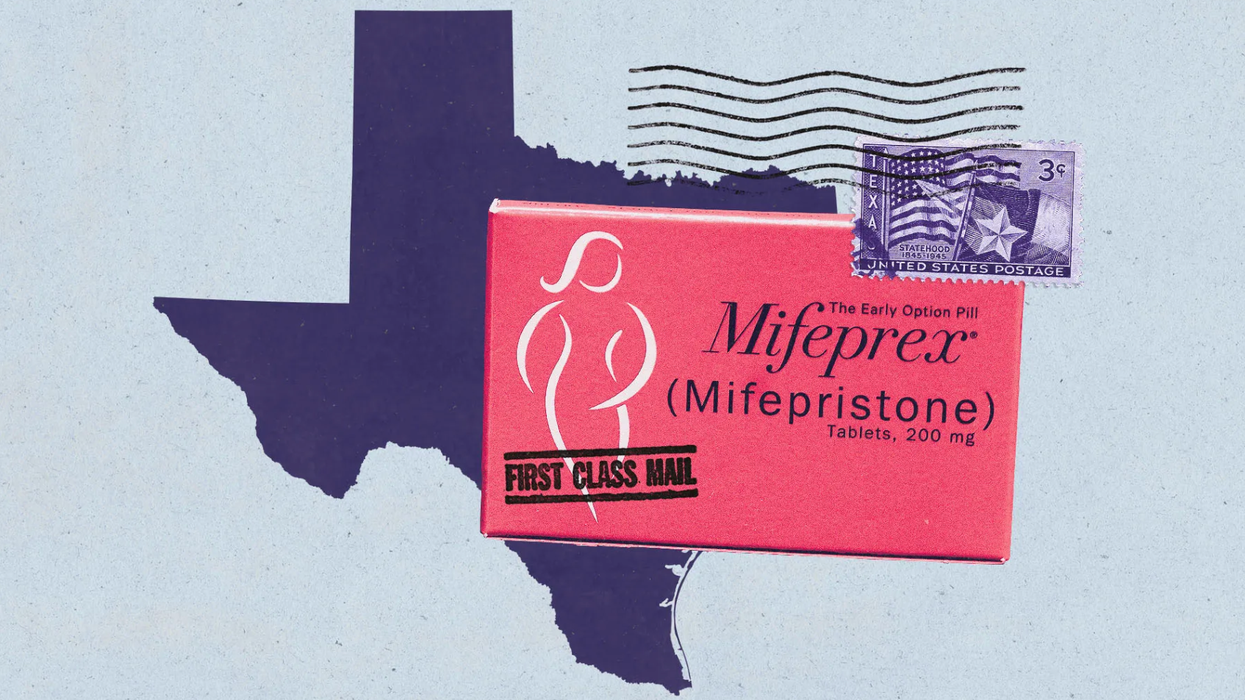Gifford is the founder and chief operating officer of ActiVote.
There are nearly 20,000 cities, towns and villages across the United States and many of them have local elections this year. The mayors and councilors and school board members that will be elected this year will do more to impact your daily lives than the folks we send to Washington, D.C. They will influence what our kids are taught in school. They will decide how much money to allocate to safety versus infrastructure versus recreation versus education. We will see these people in our grocery stores, our school plays and concerts, and our local playgrounds.
Many of these candidates running for office are either not paid at all or compensated very little for their time and effort. They run for office because they are public servants and believe in their communities and the benefit that they can bring. Since this is an off year election, many of these elections will be decided by only a handful of votes from the dedicated few who will turn up this election cycle.
This means that you can have a big impact on the outcome for you and your community!
Here are five reasons why you should be civically engaged this November!
- I’m not even sure if I have an election? In even years it is much simpler as we all know that every American has an opportunity to vote. In odd years it can be more difficult but we do know that there are elections in over 40 states. It is worth the time to check if you have an election this month. ActiVote is a simple tool where you can check your elections and sign up for reminders for all future elections.
- My vote doesn’t matter, why bother?
Local elections are frequently decided by just a few votes. In 2017, a Virginia House of Delegates race ended in a TIE with more than 23,000 votes cast. In 2019, a Boston city Councilor won after a recount by a single vote. In 2016, a Vermont state house seat was determined by a single vote. That same seat with the same two candidates was also decided by a single vote (the other way) in 2010. So your vote does matter when it comes to these races on the ballot! - I’m not sure what these local officials do?
There can be dozens of different offices on the ballot and it can be tough to know exactly what each office does. Here’s a quick overview of the most common offices you will see this November: The Mayor is the executive of your municipality and is the end in charge of the budget and key appointments to local government. The Council is the legislative body for your local government and will propose rules and regulations and spending proposals that will govern the city. The School Board is the body that oversees the budget, the policies and the hiring/firing of the superintendent. - I’m not sure who to vote for. I’m worried I might cast the “wrong” vote?
Often local elections are nonpartisan which takes away the simplest “cheat sheet” many voters use to make their choice - party affiliation. Indeed, a recent study showed that not feeling prepared enough is a barrier to voting in local elections. There are a few quick and simple things you can do to combat this challenge. First, ask around to others in your community who they are voting for and why. That’s a quick (and social!) way to find out more about who others are supporting. There are fun civic tech solutions, such as ActiVote, which help you see what is on your ballot and easily read about the candidates. Another way to filter down the candidates is to look to local organizations you support and see if they have made endorsements in the race. It could be your Congressional representative or your community volunteering organization who has endorsed candidates in the race. Finally, if your community still has a local newspaper they will often have candidate profiles that you can read. - But I don’t have an election this cycle?
That’s OK, you’re off the hook from voting. But there are a few things you can still do to be engaged. Do you have friends or family in another state or municipality? Give them a call and ask them if they are prepared to vote. The most effective way to get out the vote is for someone to hear from a person they know and trust.
Voting is a habit that you can form. Each opportunity is one where you can take another step in your civic journey. While we would love for everyone to vote in every race on the ballot, that shouldn’t stop one from voting if there is a single candidate or race you feel passionate about. Voting should feel good. Voting should make one feel empowered that this is the moment your voice is heard.


